The Quadrant dinner in Sydney was held in ‘a semi-secure, undisclosed location.’ Or so Roger Kimball, tongue-in-cheek, blogged back to his American followers. Perhaps he wanted to endow the occasion with a hint of a secret politically incorrect underground. The location was in fact a well-known city club crowded with well-wishers eager to hear what the famous American editor (New Criterion) and cultural critic had to say. His sometimes pessimistic but always cheerful talk ranged widely — from Barack Obama (‘the most destructive President in American history’), to Hillary Clinton (who will not be the Democratic candidate), to the Tea Party (vibrant, intelligent, courageous grass roots) to home schooling (now patronised by millions.) But his main theme was the Anglosphere. It is based on shared values, not ethnicity or utopian dreams. Its biggest member is India and its classic writers range from the Czech Karel Capek to the Spanish George Santayana. It is the hope of the world.
It had nothing to do with 18C . The Sydney Morning Herald (‘without any intent’) ran an anti-Semitic cartoon by Glen Le Lievre to illustrate an anti-Israel article by its popular columnist and joker Mike Carlton. A week or so later the Herald apologized for the illustration. It was based, it explained, on widely published photos of Israelis relaxing in armchairs watching the shelling of Gaza from the hills of Sderot. Even allowing for the dehumanization that war causes in all belligerents, the Herald’s readers and probably most Australians found the photos shocking or at least disturbing. (Few Australians at the end of the Second World War had found pictures of Hiroshima shocking. Many rejoiced. The bombing represented both revenge and the end of the War. Anguished second thoughts came later.) But the Herald’s cartoon went beyond condemning inhumanity. Its principal figure with hooked nose, kippah, goggles, and Star of David recalled Nazi-era caricatures of Jews. When the Herald, responding to complaints, got around to acknowledging the ‘anguish and distress’ the cartoon had caused to Jews of the Holocaust and post-Holcaust generations, it published a special editorial: ‘We apologise unreservedly for this lapse.’ It did not apologise for publishing Carlton’s article which the cartoon illustrated. That was, it said, an ‘opinion piece’ about the war in Gaza, a fit subject for public debate. But a problem arose when pro-Israel readers began tweeting Carlton criticizing him, in what he called ‘a torrent of filth’, for errors, prejudices and anti-Semitism. Carlton freaked out. He told his critics to f..k off. One critic was, he said, a Jewish bigot. Another was a looney Likudnik. Yet another a stupid little pissant. When a senior Herald executive, dismayed at this way of addressing his newspaper’s readers, told Carlton he proposed to suspend him, Carlton spat the dummy and resigned.
18C had nothing to do with it. So what is the use of 18C beyond harassing journalists and publicists for causing ‘hurt feelings’? What more of substance could the 18C commissioners have done beyond what the Herald itself did without them? Yet the government has retreated from its determination — boldly announced three years ago by Tony Abbott amid cheers and whistles in the Amora Hotel — to repeal 18C. An opportunity to re-assert Australian liberal values has been lost.
Carlton still has his supporters. Israel’s Haaretz was the most outspoken, running a piece by Australian Gabriel Sassoon who broke with the Jewish community over his support for repealing 18C: ‘Free speech is sacrosanct. TheHerald should be free to publish whatever Jew-baiting hate speech and half-arsed pseudo-commentary it feels it can get away with.’
The former Anglican bishop, and current president of the Australia Palestine Advocacy Network, George Browning wanted to know why critics picked on Le Lievre’s anti-Israel cartoon but not Bill Leak’s anti-Hamas cartoon in the Australian? Leak presented a heavily armed and masked terrorist telling his trusting little boy, who is carrying a teddy bear: ‘There! Now you go out to play and win the PR war for Daddy.’ The point is to condemn Hamas’ use of children to conceal stockpiles of weapons and explosives. But unlike the Israeli in Le Lievre’s cartoon, the central figure in Leak’s is plainly a terrorist carrying no religious or racist identifiers such as a crescent and star and no caricatured Arabic physical features. Leak demonstrates how a cartoonist can dramatise his point about the war in Gaza without racial vilification or nullifying debate.
At the dinner (above) a young man asked Roger Kimball what to do if you want to be a writer but have no money to see you through the early years? Kimball referred to the American poet Wallace Stevens who worked in insurance all his life, and to Anthony Trollope who worked for the post office. A writer writes because he must, whatever the circumstances. You don’t have to depend on a tax-payer hand-out. Or you can always marry well…
When reflecting on death, the great and noble scholar Pierre Ryckmans would sometimes quote Montaigne, ‘an old friend from 400 years ago’ who said all there is to say: ‘May death find me as I am working my cabbage patch, indifferent to its coming, and even more indifferent to the imperfection of my garden.’ Ryckmans died in Sydney last week. ‘Lucky Australia,’ Susan Sontag once said, ‘that Pierre Ryckmans chose to live there.’
Got something to add? Join the discussion and comment below.
Get 10 issues for just $10
Subscribe to The Spectator Australia today for the next 10 magazine issues, plus full online access, for just $10.
You might disagree with half of it, but you’ll enjoy reading all of it. Try your first month for free, then just $2 a week for the remainder of your first year.

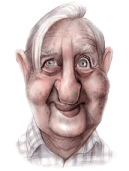
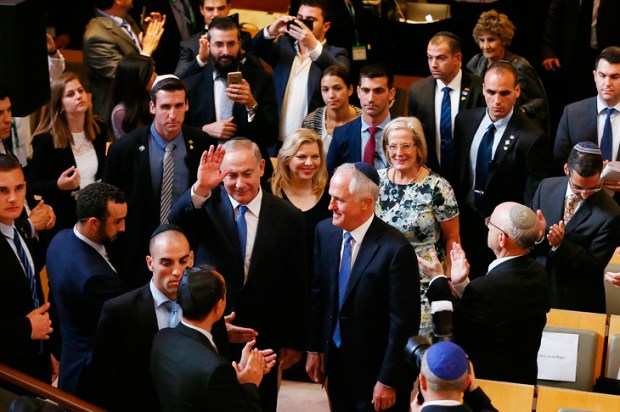
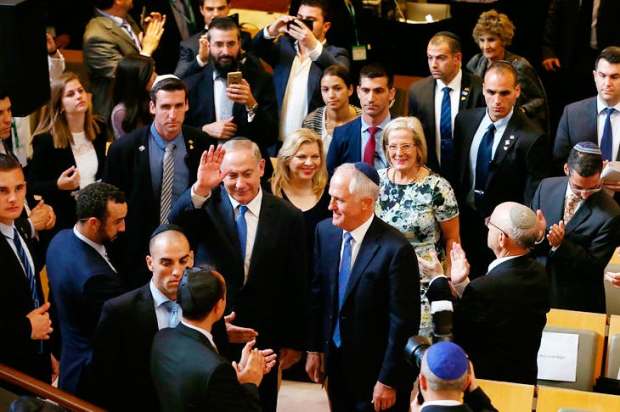
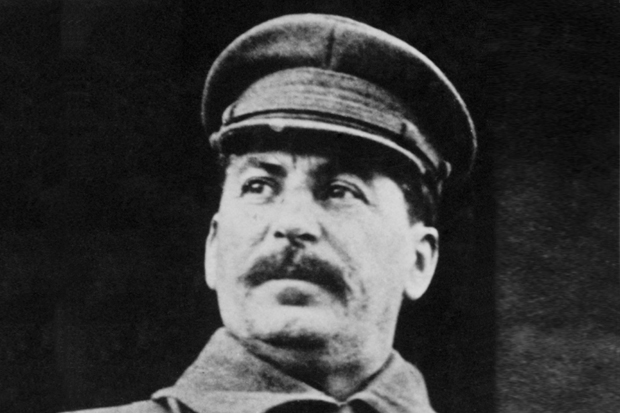
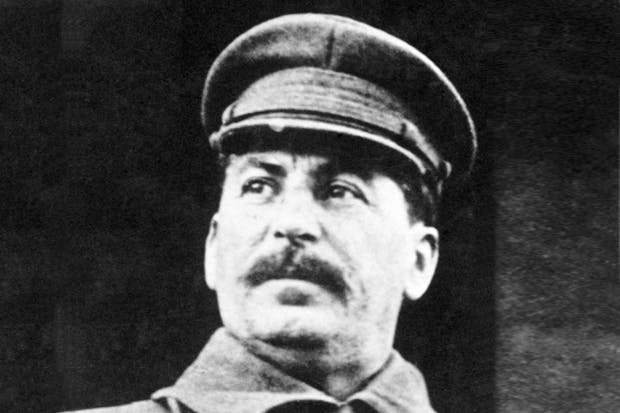







Comments
Don't miss out
Join the conversation with other Spectator Australia readers. Subscribe to leave a comment.
SUBSCRIBEAlready a subscriber? Log in